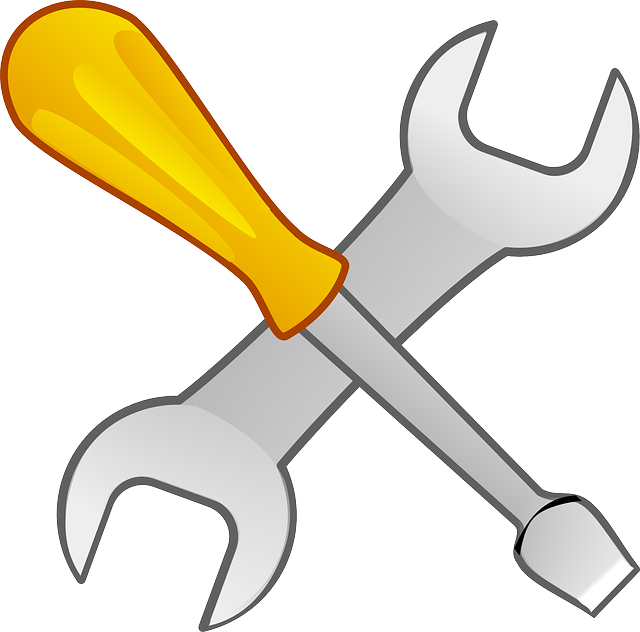Running toilets waste water and money, but simple fixes by a plumber or DIYer can save up to 13,000 gallons annually. Common culprits include leaky flappers, faulty fill valves, and float valve issues. Professional plumbers offer lasting solutions for efficient toilet operation, while DIYers can tackle basic repairs with tools like pliers, wrenches, new flappers, and sealants. For complex issues, call a plumber for specialized knowledge and long-lasting fixes.
Running toilets aren’t just a nuisance; they waste water and skyrocket your bills. Understanding the common causes, from flapper leaks to worn-out parts, is the first step towards savings. This article explores both environmental and financial impacts of water wastage, empowering you with essential tools and a step-by-step guide for DIY repairs. For complex issues, we’ll guide you on when to seek professional assistance from a plumber.
- Understanding Running Toilets: Common Causes and Effects
- The Impact of Water Wastage: Environmental and Financial Perspectives
- Essential Tools and Materials for a Do-It-Yourself Fix
- Step-by-Step Guide to Fixing a Running Toilet
- Professional Assistance: When DIY Isn't Feasible or Effective
Understanding Running Toilets: Common Causes and Effects
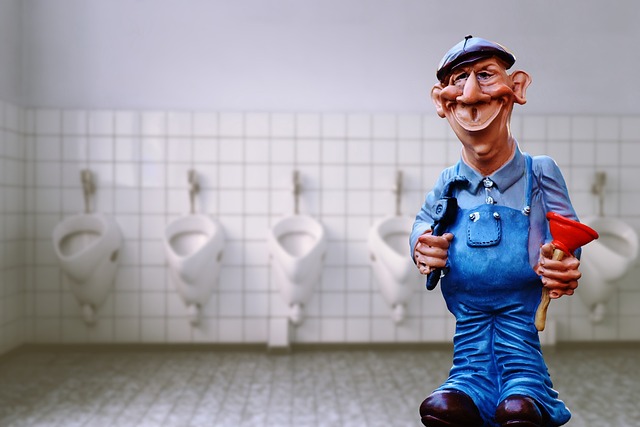
Running toilets are a common household issue that not only causes unnecessary water wastage but also contributes to higher utility bills. Understanding the root causes is the first step towards fixing this problem. One of the primary reasons for a running toilet is a leaky flapper, which is responsible for sealing off the water intake after each flush. Over time, these flappers can wear out, become damaged, or simply do not create a proper seal, leading to continuous water flow into the bowl.
Other causes include faulty fill valves, which control the water level in the tank, and issues with the float valve mechanism that signals when the tank is full. The effects of a running toilet are far-reaching; not only does it impact your financial situation due to increased water bills, but it also contributes to environmental waste. A plumber can identify and address these issues effectively, providing long-lasting solutions to keep your toilets functioning efficiently and saving you money in the process.
The Impact of Water Wastage: Environmental and Financial Perspectives

Water wastage, often an overlooked issue, has significant implications on both the environment and finances. A running toilet is a common household problem that, if left unaddressed, contributes to this concern. According to recent studies, the average household can save up to 13,000 gallons of water annually by fixing simple leaks, including running toilets. This not only reduces water bills but also plays a crucial role in conserving this precious resource.
From an environmental perspective, reducing water wastage is vital for maintaining ecosystems and preserving natural resources. Plumbers often encounter situations where the problem can range from a minor repair to more complex issues like old pipes or faulty flushing mechanisms. By fixing these, they help minimize the negative impact on the environment, ensuring sustainable water usage for future generations.
Essential Tools and Materials for a Do-It-Yourself Fix
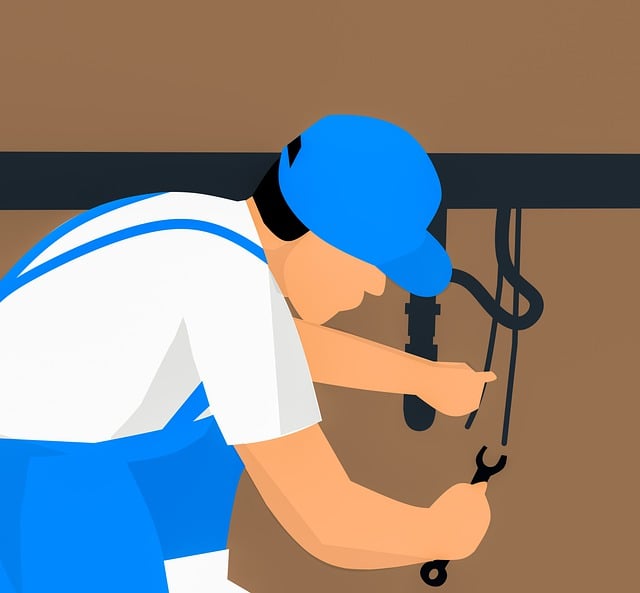
When tackling a running toilet, armed with the right tools and materials, you can save water and money without calling a plumber. Begin by gathering essential items like pliers, a wrench, a new flapper, and some sealants or replacements for any damaged parts. Pliers are indispensable for gripping and turning tight connections, while a wrench allows you to loosen and tighten hard-to-reach bolts. A new flapper, the part that covers the hole in the tank, is often the culprit behind a running toilet.
Sealants and replacement parts ensure water tightness, preventing leaks. Remember, proper measurements are key; get the right sizes for all components to avoid unnecessary water wastage. With these tools and materials in hand, you’re ready to embark on your DIY journey towards water conservation and cost savings.
Step-by-Step Guide to Fixing a Running Toilet
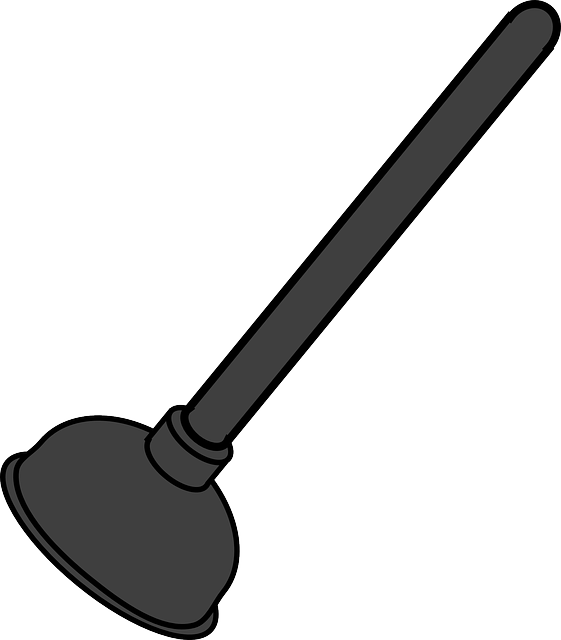
Fixing a running toilet is an easy DIY project that can save water and lower your utility bills. Here’s a step-by-step guide to help you get started. First, locate the toilet in your bathroom or restroom and turn off the water supply by closing the valves beneath the tank. This prevents any accidental leaks while you work. Next, gather the necessary tools: a new flapper (the seal that covers the hole at the base of the tank), a wrench or pliers for removing the old parts, and possibly a new fill valve if needed.
Once prepared, open the tank and remove the old flapper. Inspect the inner mechanism for any damage or wear. Clean the area thoroughly before installing the new flapper, ensuring it fits snugly. Adjust the float level to the correct position; this controls the water level in the tank. Finally, close the tank and turn on the water supply valves. Test the toilet by flushing to ensure it stops after one fill. If issues persist, consult a professional plumber for further assistance.
Professional Assistance: When DIY Isn't Feasible or Effective
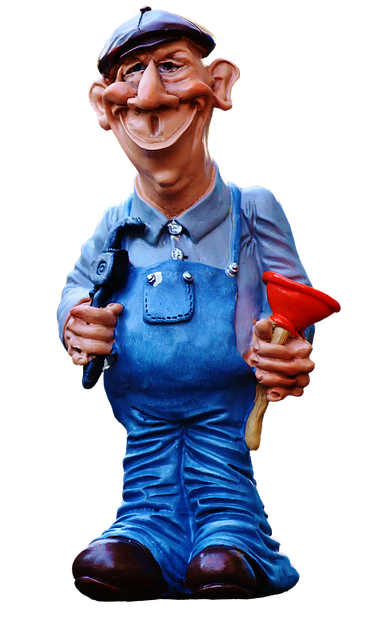
In some cases, fixing a running toilet might be beyond the scope of a DIY project, especially for those with limited time or technical skills. While many simple repairs can be tackled by homeowners, complex issues may require professional assistance from a plumber. A skilled plumber has the tools and expertise to diagnose intricate problems, such as faulty flappers or worn-out parts, that contribute to persistent leaks.
Calling in a plumber is particularly advisable if previous DIY attempts have not resolved the issue or if water bills remain high despite apparent fixes. Plumbers can offer long-lasting solutions, ensuring your toilet functions efficiently while minimizing water wastage. Their expertise also includes installing water-saving components, such as low-flow toilets and aerators, which can significantly reduce water consumption without compromising performance.
Running toilets not only waste precious water but also contribute to higher utility bills. By understanding the common causes, such as flapper valves and tank leaks, homeowners can easily fix these issues using simple DIY methods. Arm yourself with the right tools, follow a step-by-step guide, and you could save thousands over time. For more complex cases or if you lack confidence, consider seeking professional assistance from a qualified plumber. They possess the expertise to address intricate toilet problems effectively, ensuring both water conservation and financial savings.
